AI-driven shrimp counters boost accuracy, cut labor, optimize stocking and improve shrimp farm productivity by reducing feeding errors
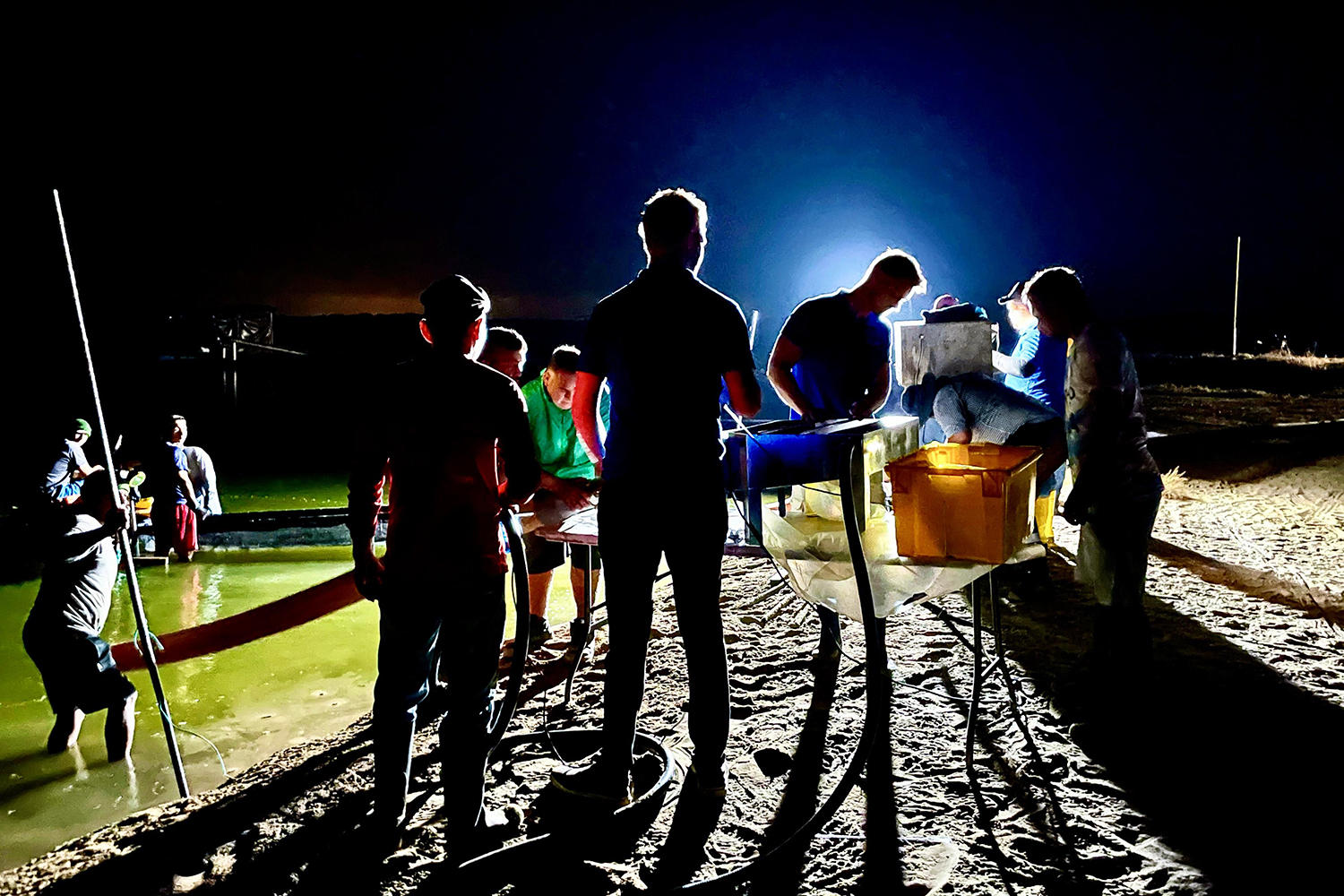
Accurately quantifying shrimp populations has long been a challenge for land-based shrimp farms. Not knowing the exact number of shrimp can lead to overstocking, which in turn, results in poor growth, nutritional deficiencies, increased stress, disease susceptibility, and in the worst case, mortality and economic losses. Meanwhile, understocking can lead to poor harvests, inefficient resource use, underutilization of a farm’s capacity, and reduced profitability.
One promising way to address these challenges is technology and artificial intelligence (AI). SincereAqua, a Danish firm that specializes in biomass insights, has developed three shrimp counters that help farms maintain optimal stocking density and reduce overcrowding and stress among their shrimp. They also help farmers make informed decisions, ultimately resulting in healthier shrimp and more efficient operations.
“We developed our counters based on our own experiences in shrimp farming,” Fridi Mellemgaard, founder of SincereAqua, told the Advocate. “We set out to establish Denmark’s first shrimp farm in 2020, and realized that the lack of technology and automation in the sector made it challenging to operate profitably and scale our farm without a lot of employees for the labor-intensive tasks. Given our technical background, we pivoted to develop technology tailored to the needs of mid- to large-scale shrimp farms, focusing on precision farming. Our counters leverage advanced technology to address the critical need for accurate stocking density, making it easier for farmers to improve other areas of their farm.”
Designed for small land-based farms, the SC-4K counts 200,000 shrimp per hour. The SC-20K counts up to 1.2 million shrimp an hour on larger farms, while the SC-60K is SincereAqua’s largest and most powerful model, counting up to 3.6 million shrimp an hour on the biggest farms globally. All the counters accurately count shrimp from 0.1 up to 5 grams, with a precision of 95 percent.
They also come with sensor technology and cameras that capture images, which are then analyzed in real-time using AI and deep learning algorithms. This ensures accurate counts and distinguishes shrimp from debris, leaves or other animals. When purchasing a counter, farmers also get access to the Sincere Cloud, which provides an overview of shrimp populations and maintains historical records of all transfers from nurseries to grow-out ponds. Data can be accessed and analyzed easily, facilitating better decision-making and farm management.

In May 2024, HanseGarnelen, a land-based shrimp farm in Grevesmühlen, Germany, installed the SC-4K counter. Now, it takes just one hour for one employee to transfer around 30,000 shrimp from nursery to grow-out ponds, according to operations manager Karl Bissa.
“Before, it took two to three people about three hours to transfer our shrimp,” said Bissa. “We made many mistakes in weighing and counting, and there were variances in the weighing process depending on the worker in charge. The result was occasional overfeeding or underfeeding, as well as incorrect harvesting forecasts. Now we know exactly how many shrimp we have, and can precisely calculate the amount of feed. This saves money, maintains better water quality and promotes optimal growth and survival rates. We have also noticed less mortality post-transfer, and our shrimp are in much better condition.”
Little fish in a big pond: Minnowtech aims to give fresh vision to shrimp inventory
Mellemgaard believes that in the future, shrimp farms will see more widespread implementation of AI, driven by benefits such as enhanced monitoring and control, disease detection, feeding optimization, predictive analytics and automation.
“The benefit of AI in the shrimp sector lies in its ability to interpret the numerous data points farmers collect during a farming cycle,” he said. “AI can analyze this data and provide feedback on areas for improvement, leading to structured continuous improvements. As shrimp farming becomes more data-driven, it will become increasingly efficient and optimized, ultimately driving down production costs.”
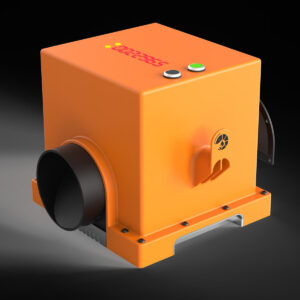
“However, a key challenge for AI is consistent and reliable data collection,” he continued. “For AI to be effective, it needs accurate data; incorrect data can hinder its benefits. This is why automation tools like the shrimp counters are important, as they provide precise stocking density consistently, ensuring that AI has reliable data to work with.”
With positive feedback toward their counters, SincereAqua has started working in Ecuador following a series of product demonstrations there last year. The accuracy provided by the counters is making significant differences on farms due to the large volumes of shrimp that are transferred, addressing critical needs in managing shrimp populations and optimizing farm operations. Back in Europe, feedback has highlighted that automation and increased accuracy have freed up resources and increased precision. This is particularly important for farms pushing the boundaries in very intensive shrimp farming, where maintaining exact conditions is crucial for success.
“Our focus will remain on creating innovative solutions that bring real value to shrimp farmers, helping them improve productivity,” said Mellemgaard. “We aim to expand our product portfolio with new tools that automate various processes and provide valuable data about shrimp health and growth.”
“For us, it is important to always improve our system, work processes and feeding to get the maximum output,” said Bissa. “Only with comparable data will we be able to implement new strategies. In this sense, the shrimp counter has helped us a lot. In shrimp farming, we have enough challenges as it is, and there is always something that must be done, so why not keep things simple with AI?”
Now that you've reached the end of the article ...
… please consider supporting GSA’s mission to advance responsible seafood practices through education, advocacy and third-party assurances. The Advocate aims to document the evolution of responsible seafood practices and share the expansive knowledge of our vast network of contributors.
By becoming a Global Seafood Alliance member, you’re ensuring that all of the pre-competitive work we do through member benefits, resources and events can continue. Individual membership costs just $50 a year.
Not a GSA member? Join us.
Author
-
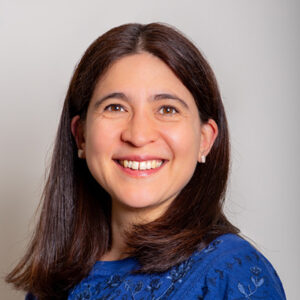
Bonnie Waycott
Correspondent Bonnie Waycott became interested in marine life after learning to snorkel on the Sea of Japan coast near her mother’s hometown. She specializes in aquaculture and fisheries with a particular focus on Japan, and has a keen interest in Tohoku’s aquaculture recovery following the 2011 Great East Japan Earthquake and Tsunami.
Related Posts
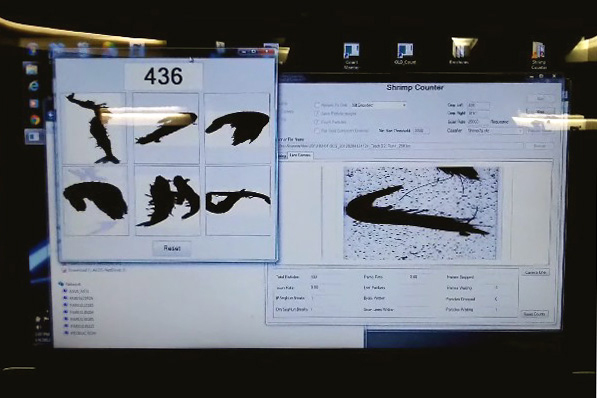
Innovation & Investment
Optical counter provides accurate shrimp measurements
Optical scanning and associated imaging software reduces stress and increases accuracy as compared to traditional techniques for shrimp measurements.
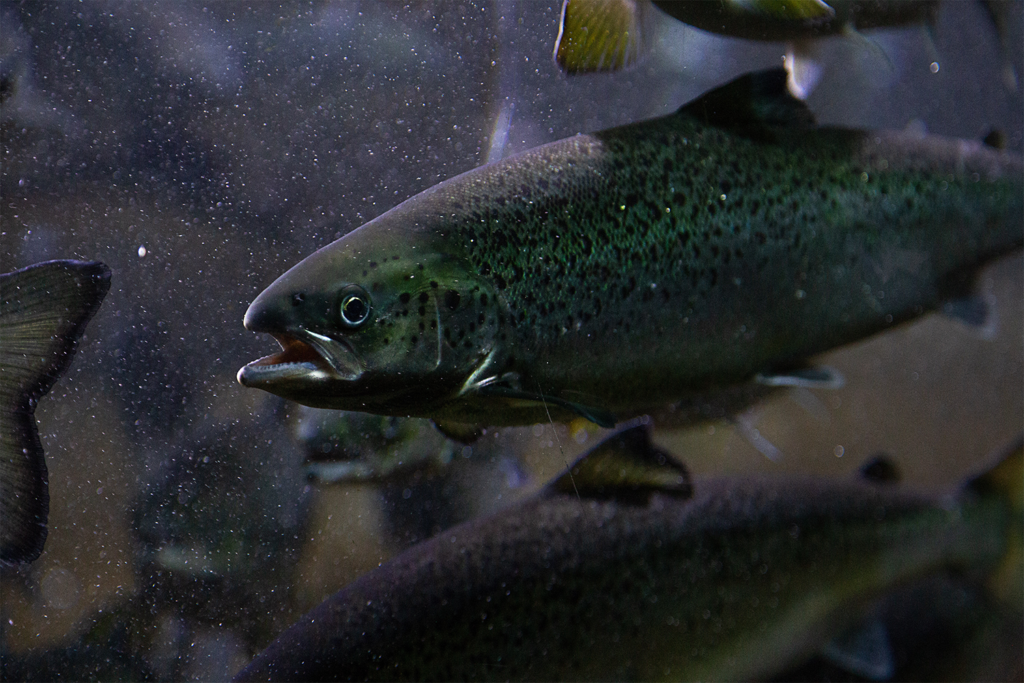
Innovation & Investment
Using AI to streamline gender-sorting processes in salmon aquaculture
AI is enhancing gender-sorting processes and optimizing quality assessment and production of Atlantic salmon aquaculture.
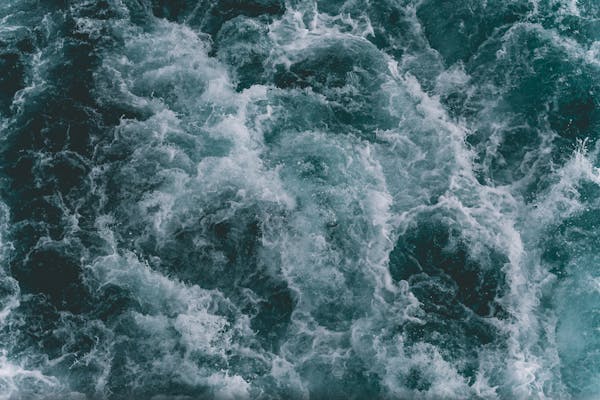
Intelligence
Can artificial intelligence and IoT technology improve marine data collection?
Combining artificial intelligence and IoT technology could help monitor marine plastic waste or marine biodiversity, scientists say.
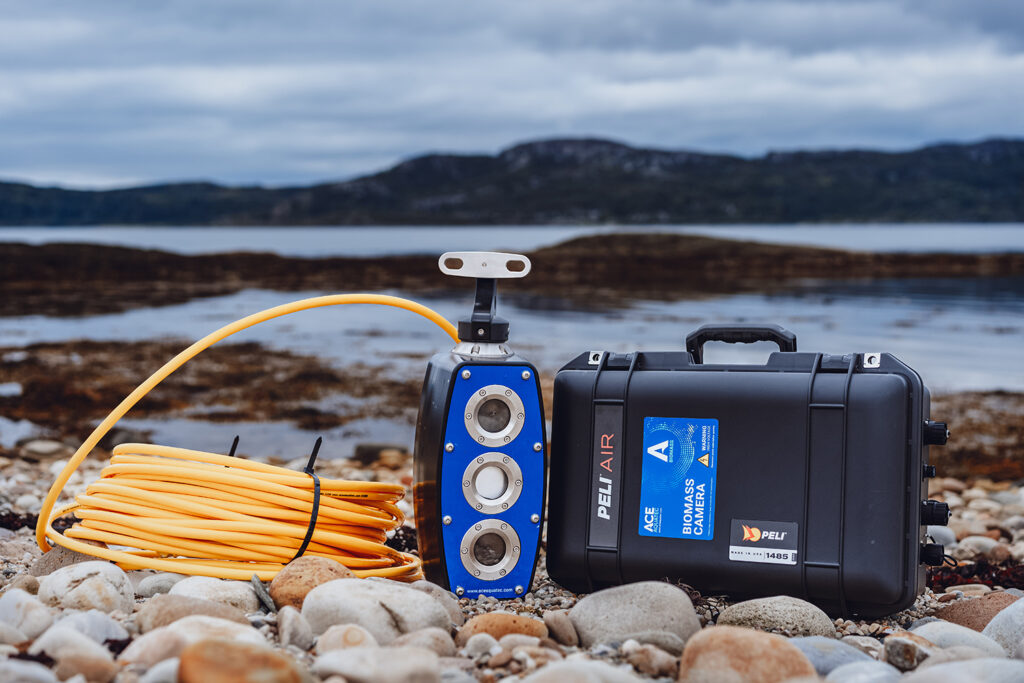
Innovation & Investment
Responsible Aquaculture Innovation Award Finalist: Ace Aquatec’s farmed fish biomass estimator
With weight variance a costly problem for fish farmers, Ace Aquatec says its A-BIOMASS® biomass estimator boasts high accuracy rates.


